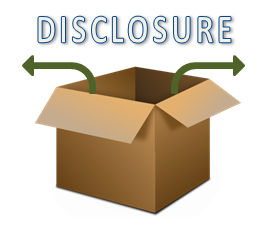|
|
|
|
Accounting Standards for Private Enterprises (ASPE)
DISCLOSURE OF INVENTORIES
|
CPA Canada Handbook – Accounting, section 3031, paragraph 35 requires the financial statements to disclose:
- the accounting policies adopted in measuring inventories, including the cost formula used;
- the total carrying amount of inventories and the carrying amount in classifications appropriate to the entity; and
- the amount of inventories recognized as an expense during the period.
|

|
Example
Company ABC is a manufacturing company specialized in the manufacturing of hiking footwear. Typically, they purchase raw materials and supplies such as leather, textiles, rubber, foam, etc., and through a lengthy manufacturing process, transform them into shoes and related products. The company uses the periodic inventory method to account for its inventory. As of December 31, 2018 year-end, the inventories consist of raw materials, work-in-process and finished goods, and ABC accountant determined the carrying amount of inventories at that date to be $3,200,000.
Here is how ABC Company complies with disclosure requirements above:
Requirement #1
| a) |
Disclose the accounting policies adopted in measuring inventories, including the cost formula used. |
| The information is disclosed in the notes to the financial statement “Summary of Significant Accounting Policies”.
|
|
|
Requirement #2
| b) |
Disclose the total carrying amount of inventories and the carrying amount in classifications appropriate to the entity. |
| The carrying amount of inventories will be disclosed in the balance sheet with the other current assets.”.
|
|
|
| The details about the different categories that make up the inventories should be disclosed in the notes to the financial as follow:”.
|
|
|
Requirement #3
| c) |
Disclose the amount of inventories recognized as an expense during the period. |
Usually, referred to as Cost of Sales, it consists of:
- Costs previously included in the costs of inventory that has now been sold. Costs such as costs of raw materials and direct labor costs. (= Inventory, beginning of year + Purchases – Inventory, end of year)
- Unallocated production overheads such as amortization of production equipment, equipment maintenance and supplies, utilities, etc.
- Abnormal amounts of production costs of inventories.
|
|
|
|
|
|
1. CPA Canada Handbook – Accounting, section 3031, paragraph 35
|
|
|
|